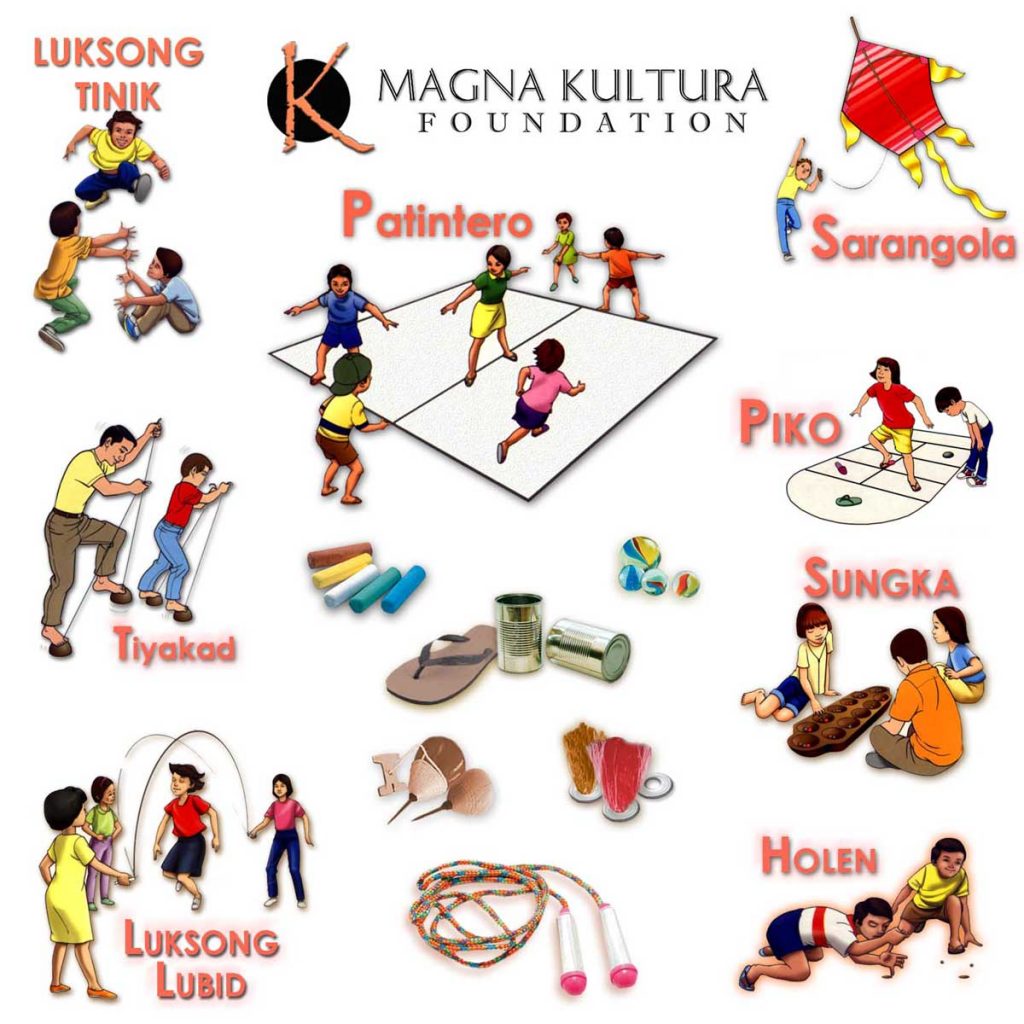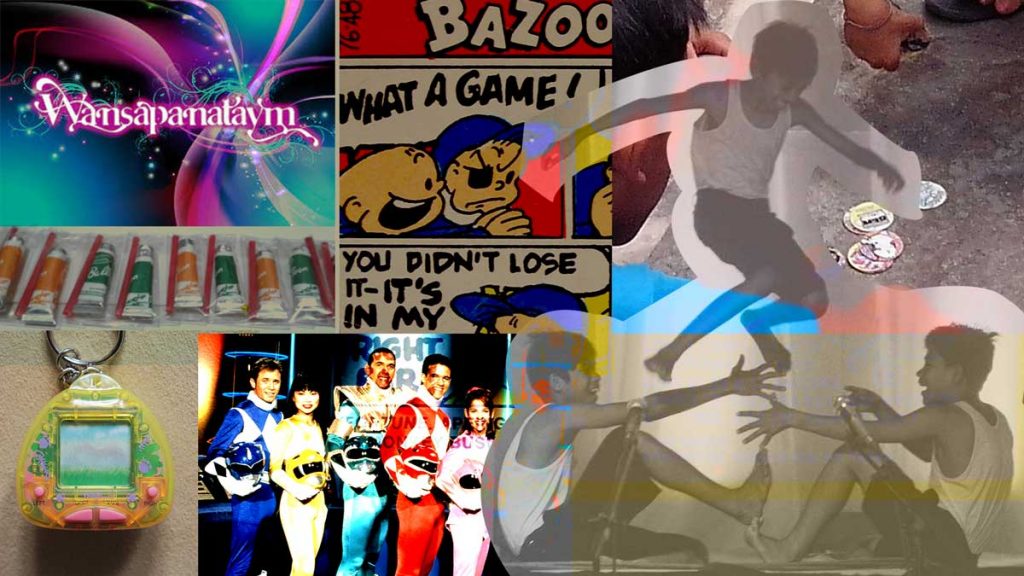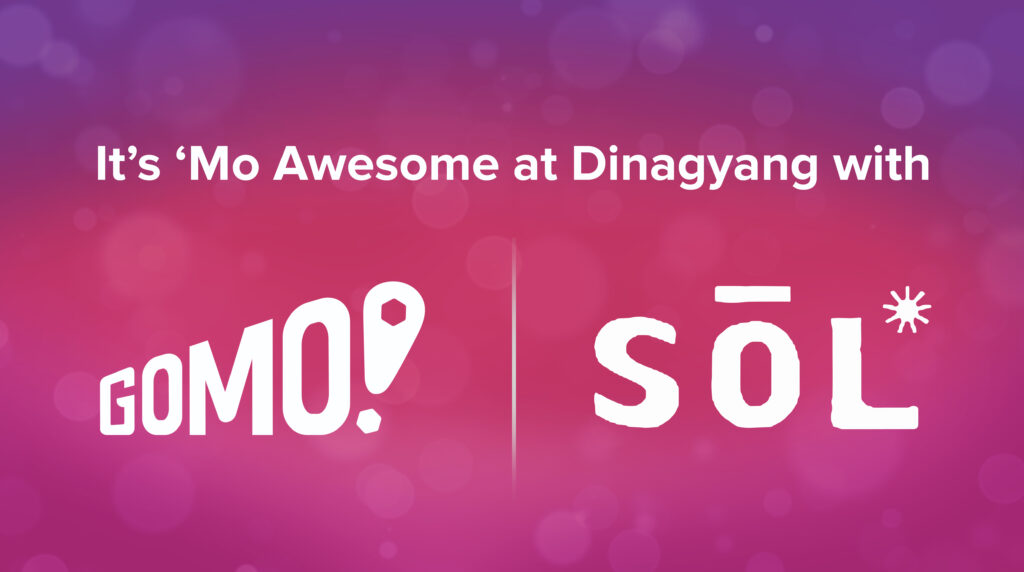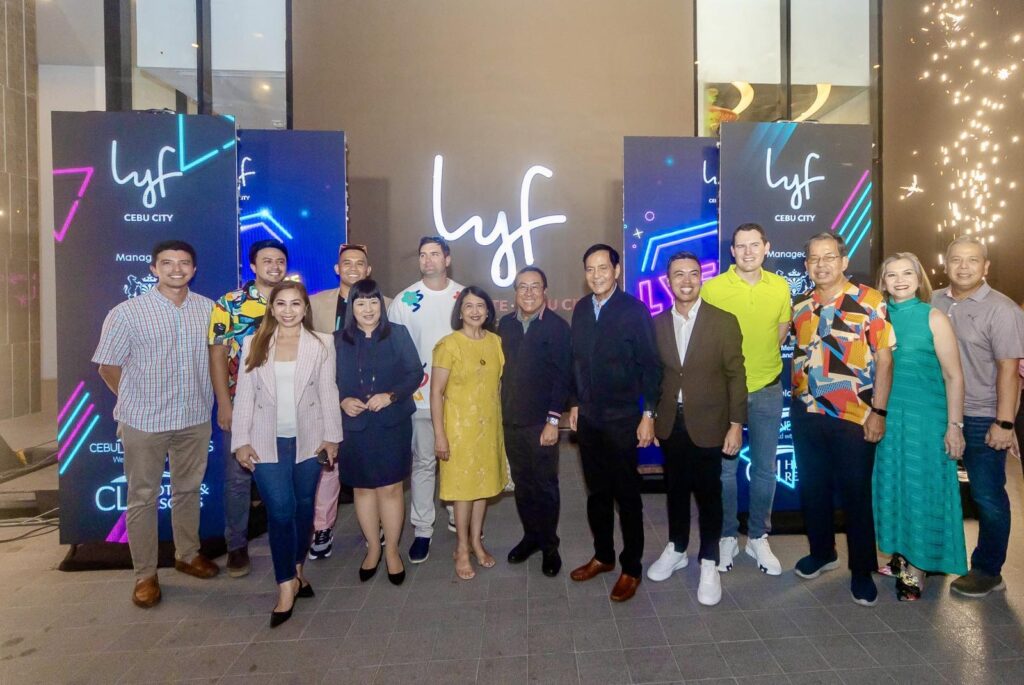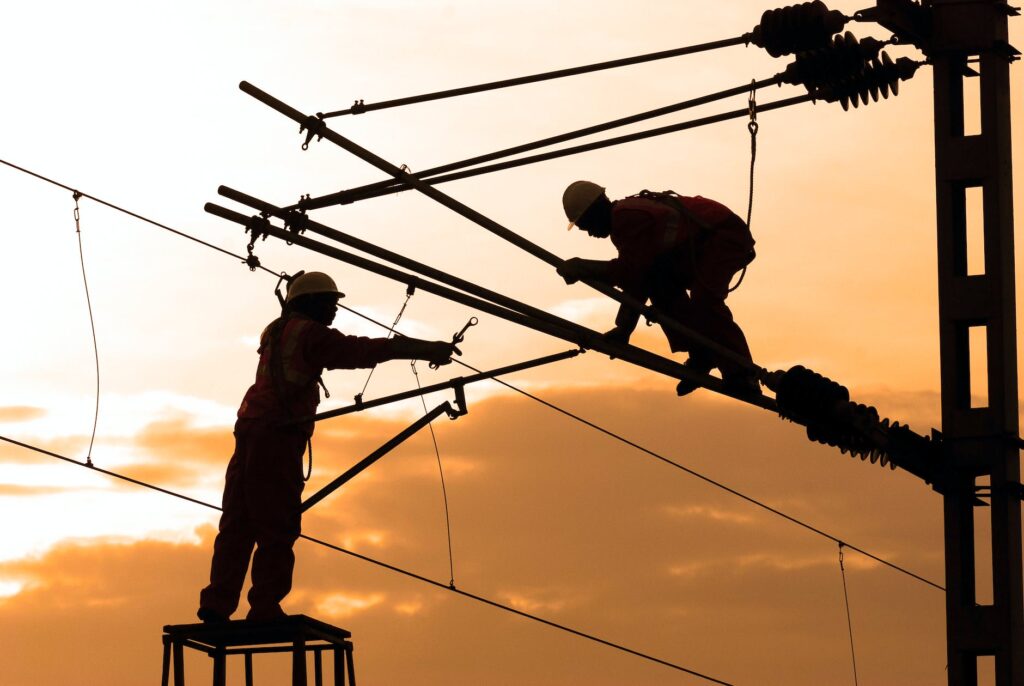I had not met a deaf person until a few years ago.
Besides the library I work for stands the Special Education Center of a public elementary school. Back when we were just starting, there was a little girl who always went to the library. She did not speak. She simply went inside, flipped a few big books, and left. Every time, I would tell her to write her name in the logbook, but she never did.
I would ask her what her name was – because it’s not every day we had a visitor – but she would just look at me. Later on, when we vacated the place for renovation, the staff said the girl wouldn’t respond because she was deaf-mute.
It’s not easy to spot a library patron who is deaf or hard-of-hearing. Encountering a deaf person for the first time can leave us stunned, since it’s something we can’t tell until they start communicating. It can be easy to identify someone with an obvious disability, such as a person who uses a wheelchair or who has only one arm, but deafness? Not at all.
We Filipinos celebrate National Deaf Awareness Week from November 10 to 16 by Proclamation No. 829, which was signed by President Corazon Aquino in 1991. The purpose of this event is to spread awareness about deafness, its prevention and rehabilitation.
This also coincides with the National Library and Information Services Month, so celebrating National Deaf Awareness Week is hitting two birds with one stone.
Here are some ways libraries and librarians can serve the deaf community during National Deaf Awareness Week and beyond.

Educate the library staff about the deaf community
Learning about deaf culture is the best way for the library staff to serve its deaf patrons. Here are a few examples of what staff development programs you can do on National Deaf Awareness Week:
- Organize a meeting or “kapehan” with the deaf community. In everything you do for the deaf, involve the deaf community. Ask them what they want the library to do for them, like the kind of resources and services they want you to provide.
- Invite a member of the deaf community or a SPED teacher for a one-day staff orientation on dealing with deaf library patrons.
- Launch a new manual of procedures and staff handbook that includes how to deal with patrons with hearing impairments, developed alongside different members of the deaf community.
If your library has funds for testing, consider having your staff tested for possible deafness. We may not be aware that we ourselves have hearing problems.
Moreover, understand this: deaf people do not need our pity. The library personnel have to know that they do need to treat deaf patrons differently than others. We have to be mindful of ableist language or actions and microaggressions in transacting with deaf or hard-of-hearing visitors. For example, we have to learn to respect when deaf people say they do not need our help and assistance.

Create ways to communicate with deaf users
Sign language is a useful skill to learn. Not only does it help you communicate better with the deaf community, it can also expand your opportunities for work.
But since learning American or Filipino Sign Language can take a considerable amount of time, not to mention not all deaf people use it, here are some easier ways to streamline communications with deaf patrons in the library:
- Have a computer or cell phone on the information desk through which the user and library staff can talk through typing
- Put up clear signages for common instructions and visible warning signs for emergencies

Launch a collection of library resources for deaf patrons
Libraries are supposed to be inclusive and safe spaces that provide equitable opportunities for all people to learn, including the members of our community who have disabilities. With 1.23% of Filipinos being deaf, deaf-mute, or hearing impaired, libraries have the obligation to expand our services to reach them. Here are some deaf-friendly resources you can add in your library collections:
- Films with subtitles and/or sign language
- Braille for deafblind patrons
Make sure that you have assistive listening and viewing systems so your deaf patrons can effectively use these materials.
Additionally, you must include resources meant to educate more Filipinos about deaf culture and the deaf community in the Philippines. Through this, you are doing your basic part in spreading awareness about deafness and achieving the goals of National Deaf Awareness Week.

Organize an ASL/FSL storytelling or captioned film-showing in the library
Finally, an American or Filipino Sign Language storytelling session for children or captioned film-showing for older patrons is an incredible way to cap your library’s National Deaf Awareness Week. You can invite SPED classes from nearby schools to be your audience. Teachers who know ASL/FSL can also interpret the speech of your invited guests.
I hope these ideas inspire you to implement more inclusive programs in your library. Happy National Deaf Awareness Week!
References:
- Arata, Hannah. (2022). News: inclusive deaf community engagement at your library. Retrieved from https://programminglibrarian.org/articles/inclusive-deaf-community-engagement-your-library
- International Federation of Library Associations and Institutions. (2000). Guidelines for library services to deaf people. 2nd ed. Retrieved from: https://www.ifla.org/files/assets/hq/publications/professional-report/62.pdf
- http://www.senate.gov.ph/lisdata/1868815815!.pdf
